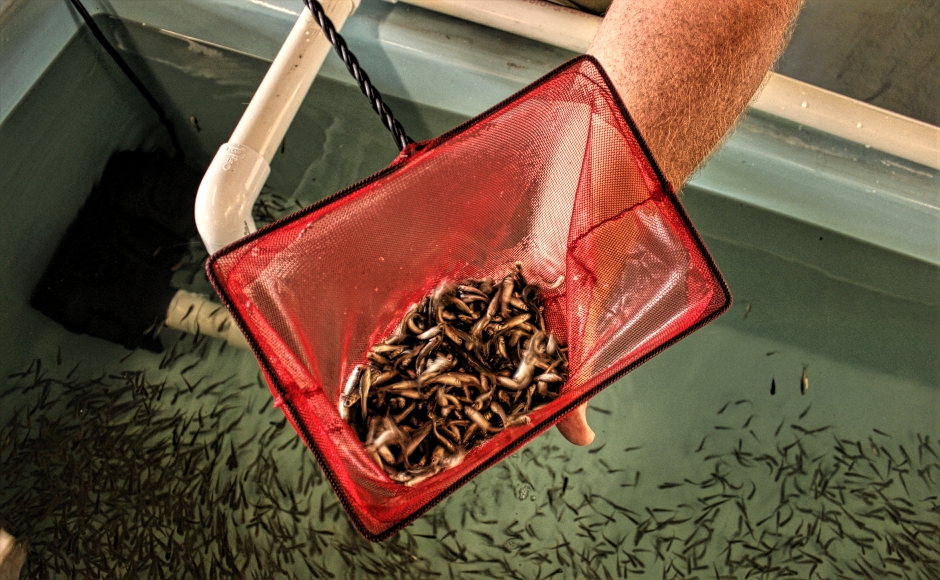 Fathead minnows at the Camden County Hatchery. Credit: Matthew Scheuerer.
Fathead minnows at the Camden County Hatchery. Credit: Matthew Scheuerer. Fathead minnows at the Camden County Hatchery. Credit: Matthew Scheuerer.
Fathead minnows at the Camden County Hatchery. Credit: Matthew Scheuerer.Related posts

Camden County Announces $161M Bridge, Dam, and Roadway Improvement Plan for 2025-26
Officials described the infrastructure funding allocation as historic, with work touching 25 municipalities from Camden City to Winslow. Major improvements include those to improve circulation on Haddon Avenue, Cuthbert Boulevard, and Kings Highway.
May 8, 2025
Haddon Heights Cuts Ribbon on $1M Pavilion at Haddon Lake Park
The facility will serve as a community gathering space, with a private dressing room for entertainers playing the nearby McLaughlin-Norcross Memorial Dell. It's another facet of the $100-million Parks Alive 2025 county greenspace reinvestment project.
April 29, 2025